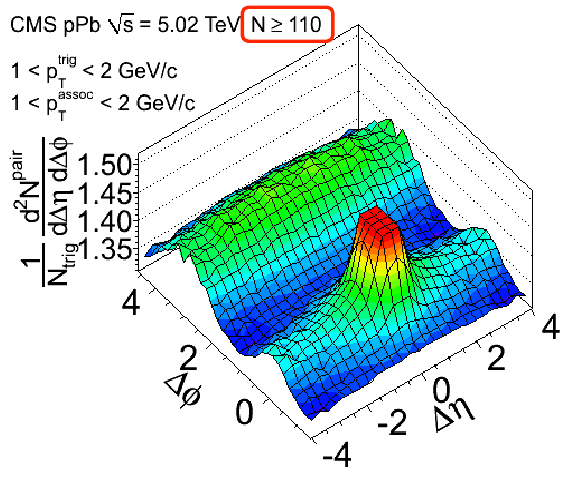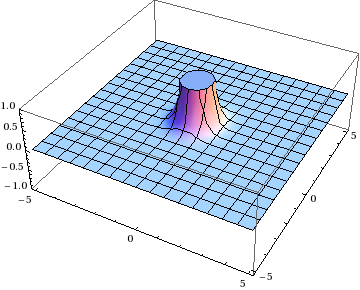Checking in on NaBloWriMo
Posted by David Zaslavsky onBack at the beginning of this month I set myself a goal: 30 nontrivial blog posts in 30 days, to coincide with National Novel Writing Month.
Now it’s nearly the end of the month. Did I make it? Not even close — although it’s the 29th of November, I’ve only written 22 posts total (well, now 23), several of which are decidedly trivial. Partly, though, that’s because I’ve been sick for the past week. Being sick is very much not compatible with a strict writing schedule. Better to sleep to blog another day, I suppose.
Because I’ve been sick, I’m making the executive decision to extend NaBloWriMo for a few days into December. Probably not long enough to make it to the 30-post goal, but really, it’s not like anyone (except me) cares about that anyway, and maybe it’ll give me the incentive to put the finishing touches on some more interesting posts I’ve been working on.



